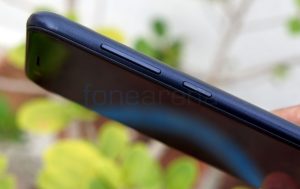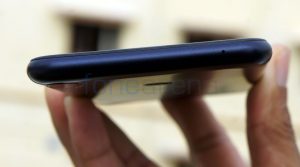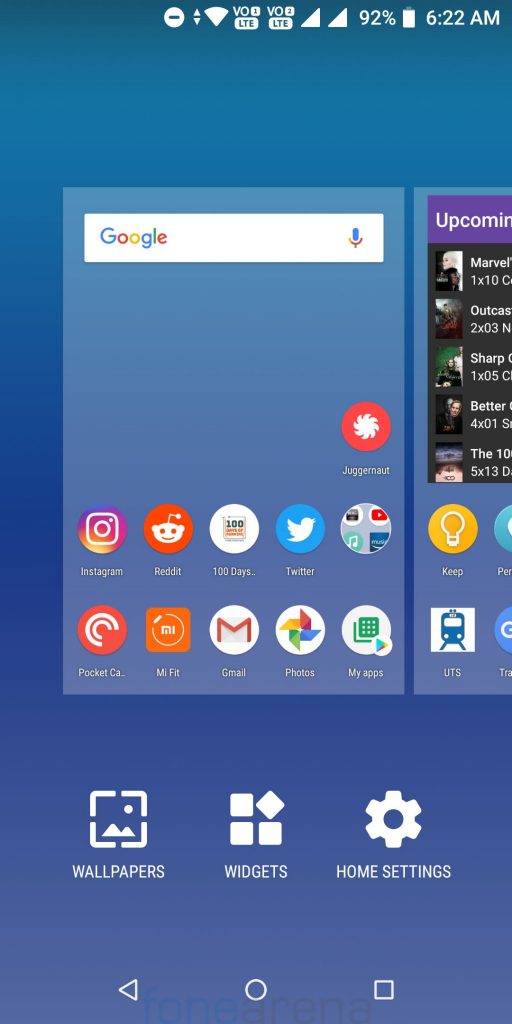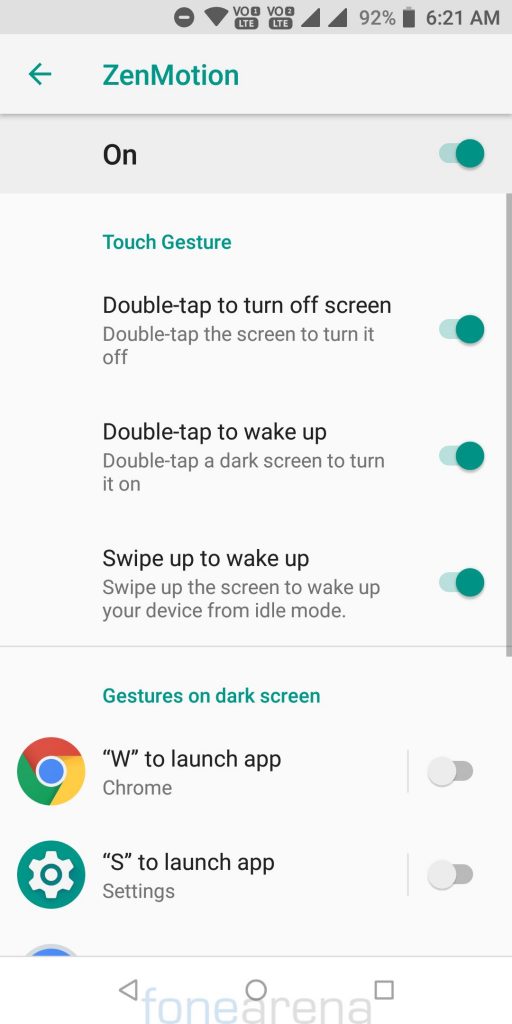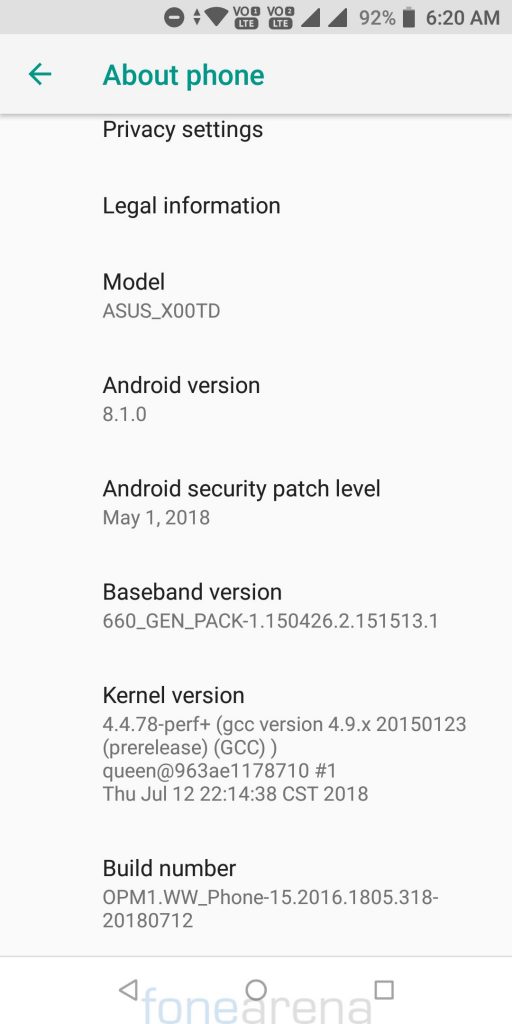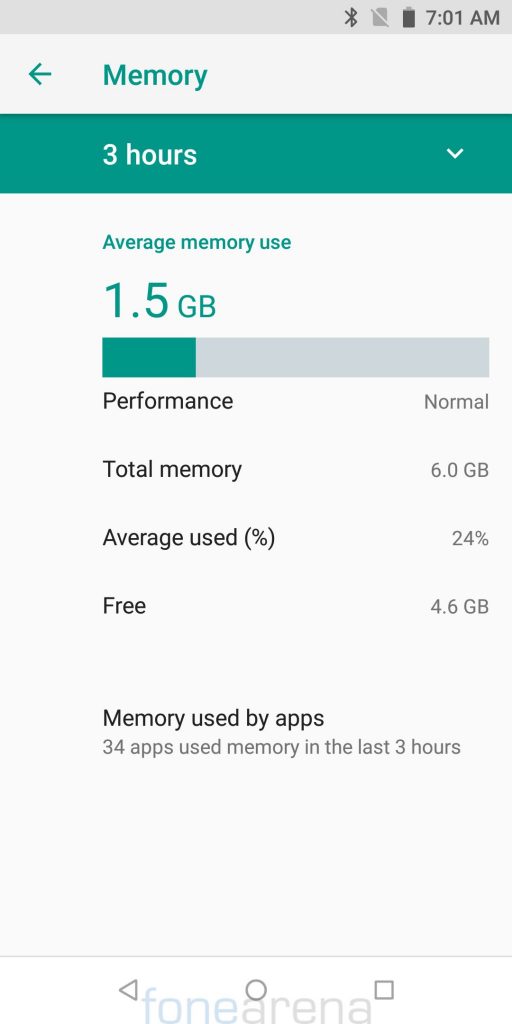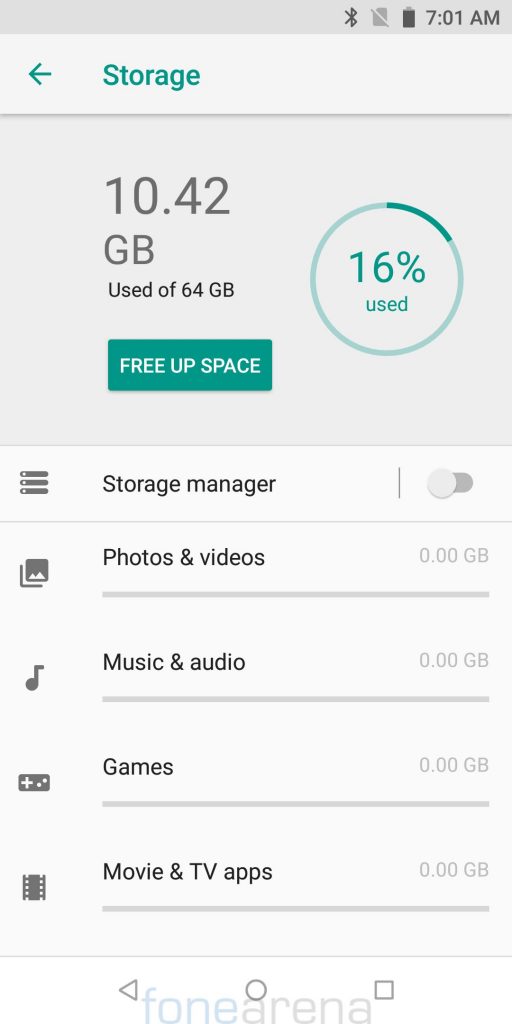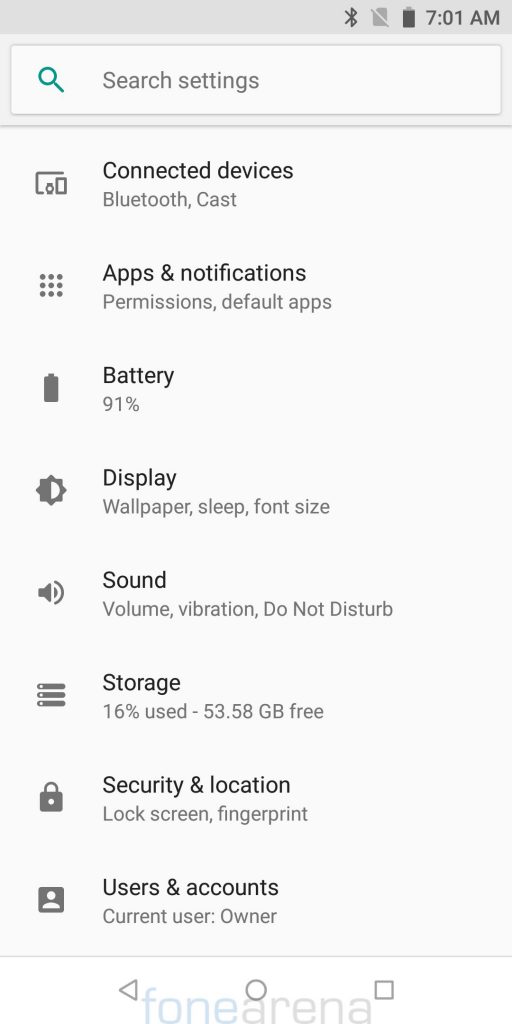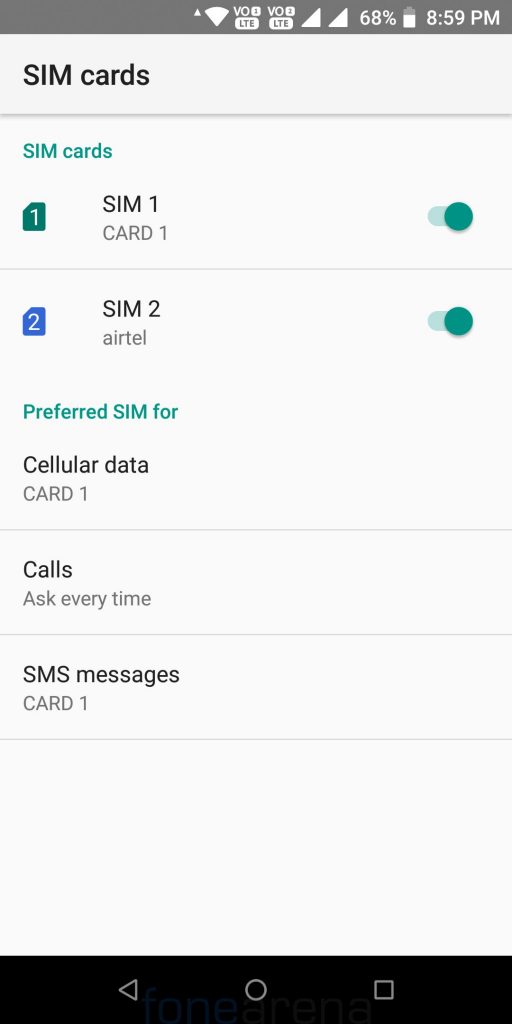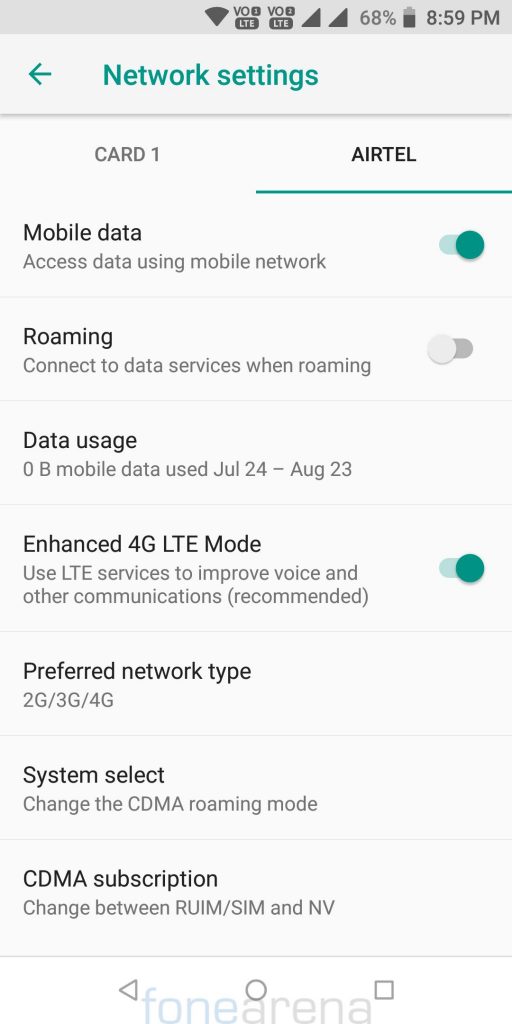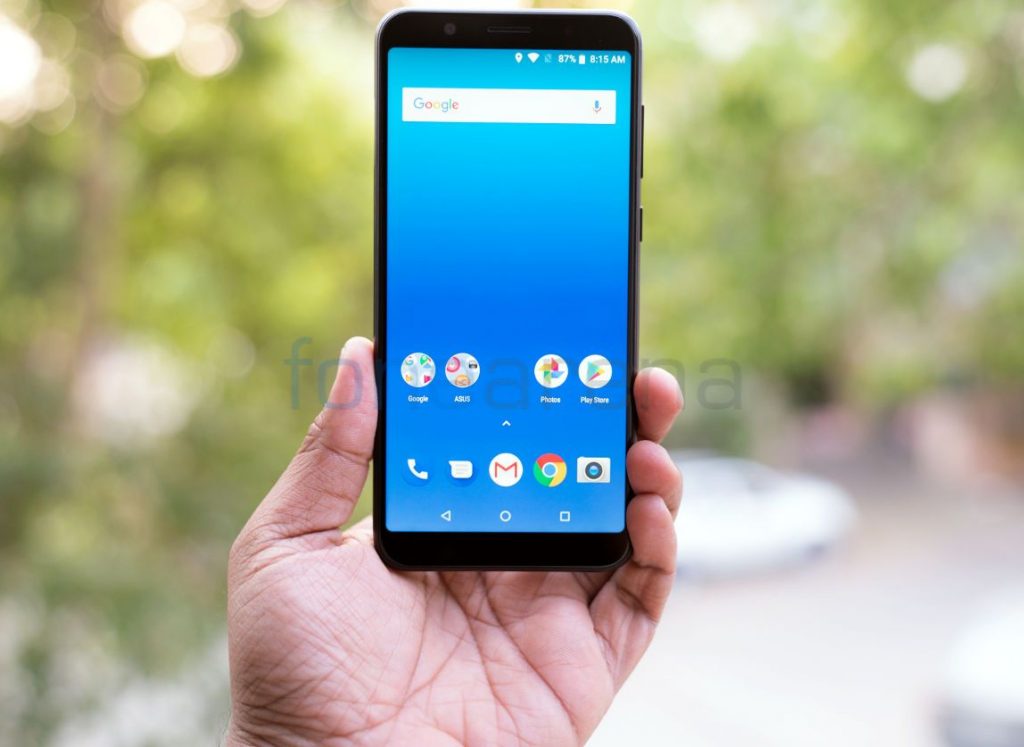
ASUS launched the Zenfone Max Pro M1 smartphone in India back in April, and the phone went on sale from May 3rd in 3GB RAM with 32GB storage version and the 4GB RAM with 64GB storage versions starting at Rs. 10,999. The 6GB RAM with 64GB storage version with 16MP primary rear and 16MP front camera went on sale in India last week for Rs. 14,999 in June. How good is the 6GB RAM version in terms of performance and the camera quality compared to the 3GB and 4GB RAM models? Let us find out in the review.
Display, Hardware and Design
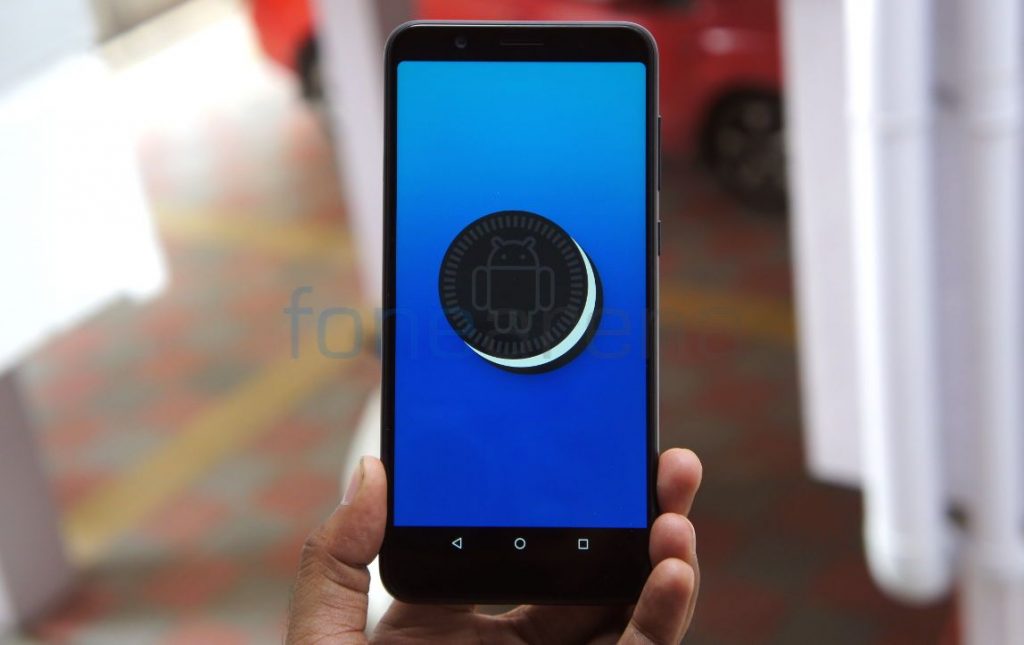
There is no change in the display. The 5.99-inch FHD+ display with a resolution of 1080 x 2160 pixels and a pixel density of 403. Contrast ratio of 1500:1 and 450 nits brightness is good, but the auto brightness is not consistent depending on the environment, which the company should fix via software update.
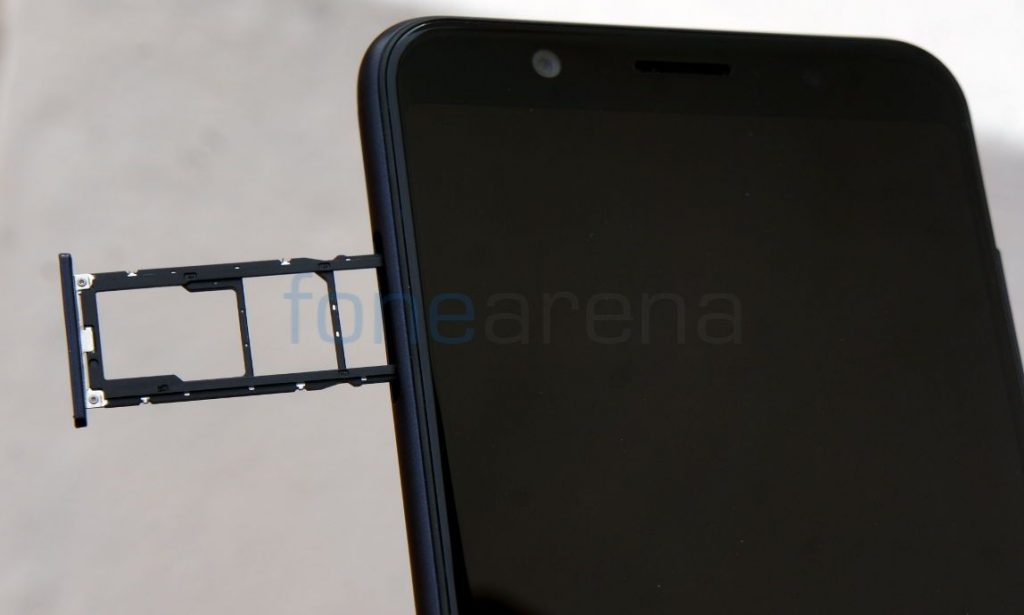
The 6GB RAM model has a 16-megapixel front camera with soft LED flash and f/2.2 aperture compared to the 8-megapixel camera on the 3GB and 4GB RAM versions. We will discuss more in the camera part. It has dedicated dual SIM and a microSD card slots, arranged in a single tray.
There is no change in the button placements. The volume rockers and the power button are present on the right, SIM and microSD card on the left, loudspeaker grill, microUSB port, primary microphone and 3.5mm audio on the bottom and the secondary microphone on the bottom.

It has a slightly larger 16-megapixel primary camera sensor on the back, while the secondary 5-megapixel camera is still the same. Under the hood there is a huge 5000mAh battery.
Camera
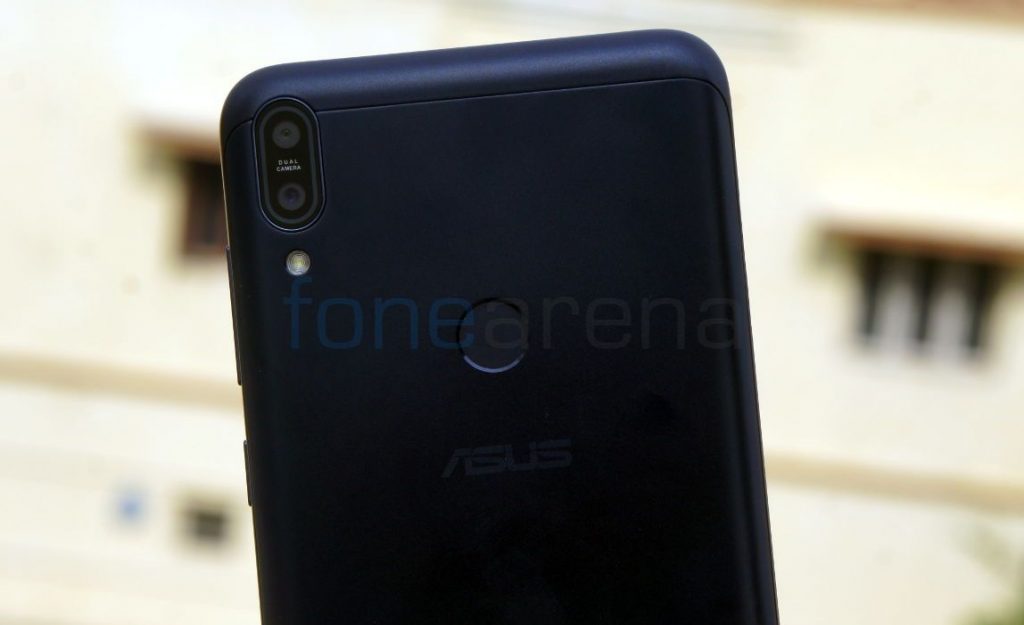
Coming to the camera, the phone has a 16-megapixel primary rear camera with LED Flash, PDAF, 1.12μm pixel size, f/2.2 aperture along with a secondary 5-megapixel camera. There is a 16-megapixel front-facing camera with soft LED flash and f/2.2 aperture.
It has the usual stock camera UI with several modes (Auto, Portrait, Landscape, Sports, Flowers, Backlight, Candlelight, Sunset, Night, Beach and Snow). Daylight shots are good, but sometimes it doesn’t focus properly to capture macro shots, even though it has PDAF support. HDR shots are better. Low-light images has noise, and doesn’t see a huge improvement compared to the cheaper model with a 13-megapixel sensor. The secondary camera for portrait shots is good, but it could have been better.
However, the 16-megapixel front camera is way better compared to the 8-megapixel sensor in the cheaper model. There is also portrait option for the front camera, but it uses software to blur the background, so it cuts out some parts like hair, which looks artificial. The phone is not quick to take shots. Wish the company brought the camera app from Zen UI, since this looks plain and lacks several features.
Check out some camera samples (Click the image for the full resolution sample).

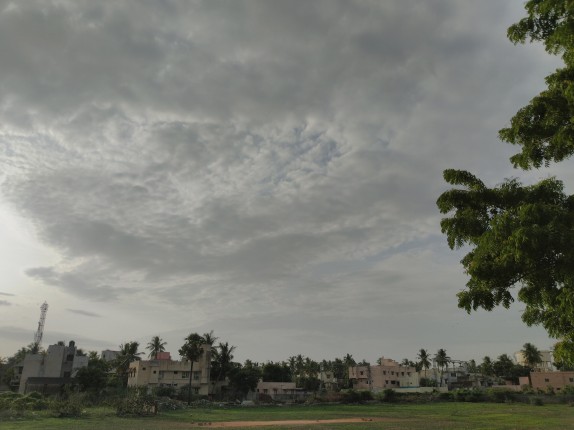





It can record videos at 1080p and 4K resolution at 30 fps, but it doesn’t have slow motion video recording and EIS. Thanks to secondary microphone, audio is crisp, but the video quality is just average.
Software, UI and Apps
It runs on Android 8.1 (Oreo) with Android security patch for May, 2018. The company already confirmed that the phone will get Android P, but it is not regular in pushing security updates every month. There is nothing new since it runs stock Android. The has ZenfMotion features from Zen UI that includes double-tap to wake or turn off the screen, swipe up to wake up as well as option to draw letters on lock screen to launch apps quickly.
Out of 6GB of RAM, you get 5.74GB of usable RAM, out of which about 4.6GB of RAM is free when the default apps running in the background. Out of 64GB of internal storage, 43.9GB of storage is free. Even though the phone has NXP Smart Amp, the audio quality is just average even with some good quality earphones, and sometime in apps sound output is low even in full volume.
Dual SIM and Connectivity
The connectivity options include, Wi-Fi 802.11 b/g/n, Bluetooth 5 and GPS with GLONASS. It has support for USB OTG as well with support for reverse charging. It has 4G connectivity and has Dual Voice-over-LTE (VoLTE) support for Reliance Jio and Airtel. The dialer and messaging have familiar UI. Since this is a dual SIM phone, you get option to select either SIMs when calling or sending text message. There are no call drops and the earpiece volume is good. You can set preferred SIM for voice call, text and data from the SIM card manager.
Performance and Benchmarks
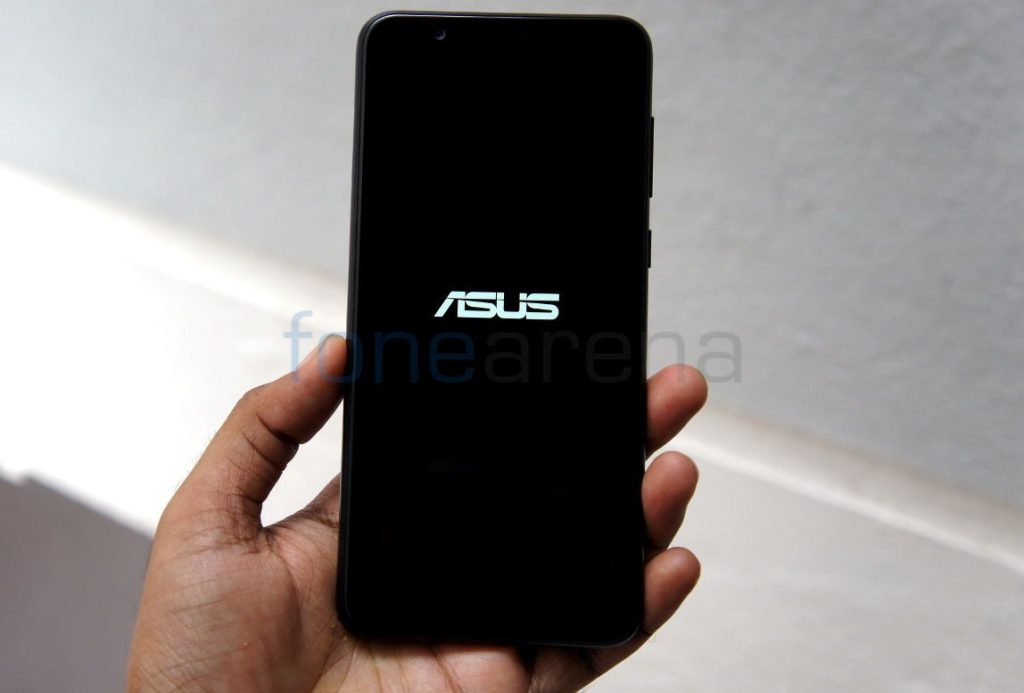
It is powered by an Octa-Core Qualcomm Snapdragon 636 64-bit 14nm Mobile Platform that has eight Kryo 260 cores clocked at 1.8GHz per core. The performance is good. We tested several games, which were smooth, and the gaming performance was good too for a mid-range smartphone, thanks to the Adreno 509 GPU. The phone doesn’t get hot when using 4G or gaming.
There is not a huge difference in benchmark scores compared to the 3GB RAM version, in fact some of the scores were slightly less compared to the Check out some synthetic benchmark scores below.
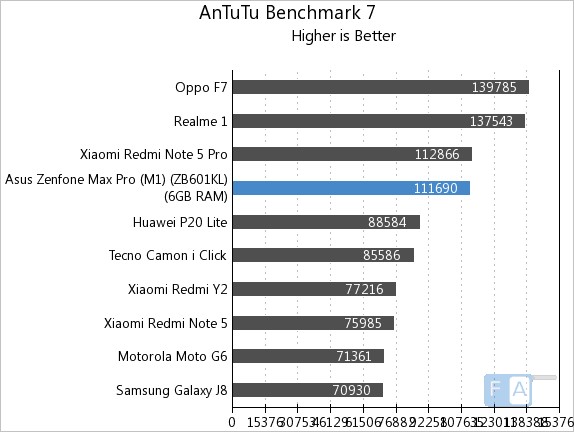
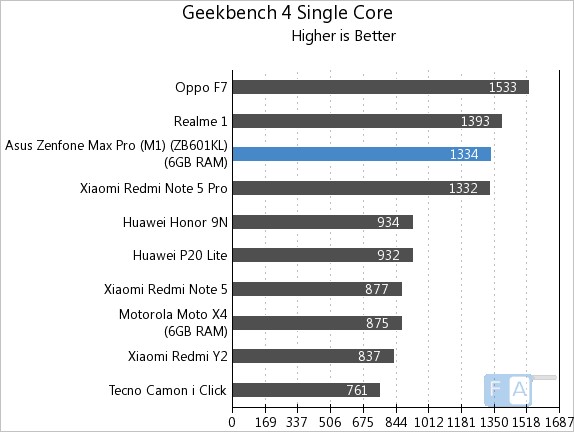

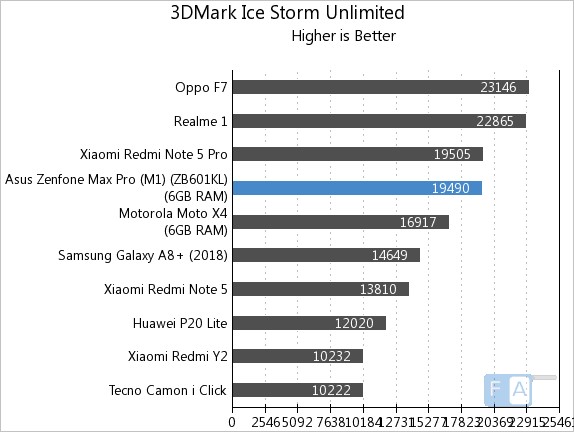
Battery life
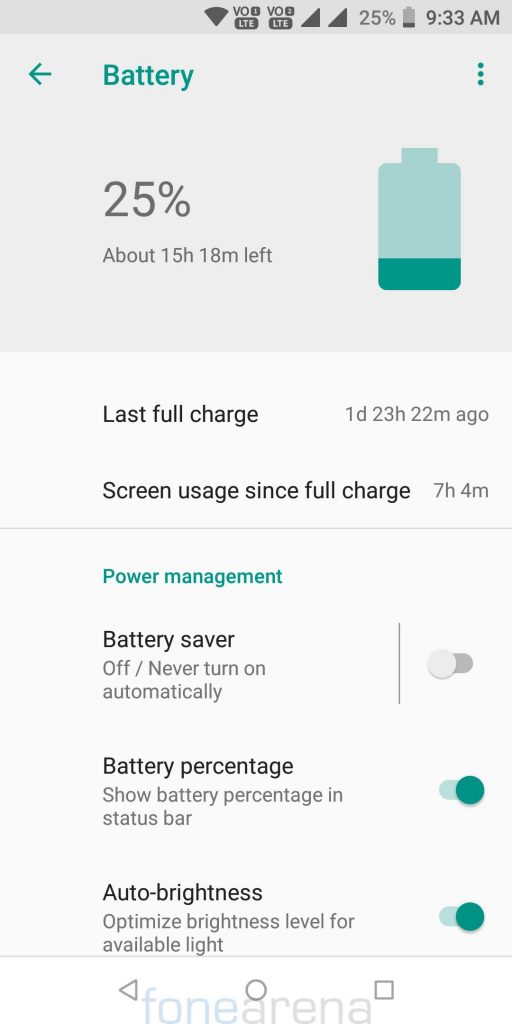
The 5000 mAh battery offers brilliant battery life. Based on my mixed usage, it lasted for about 2 days with 7 hours of screen-on-time and I still had 25% battery left.
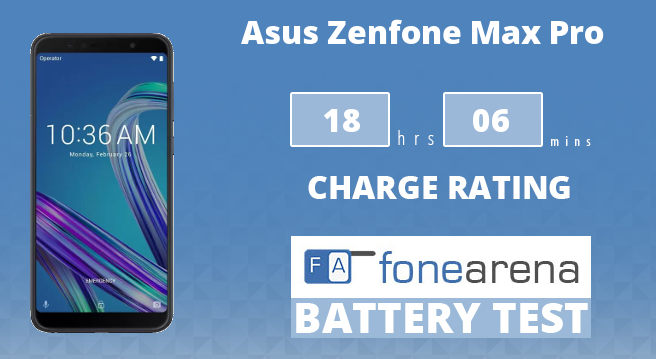
It achieved a one charge rating of 18 hours and 6 minutes, same as the 3GB RAM version. It takes about 2 hours and 50 minutes to charge the phone from 0 to 100% using the bundled charger.
Conclusion
Is the 6GB RAM version any better than the 3GB and 4GB RAM versions? Well, in terms of performance, I can’t find a lot of difference. If you are multitasking with a lot of apps running in the background, 6GB RAM will be useful. In terms of camera, the 16-megapixel rear camera in the 6GB RAM version is not exceptional compared to the 13-megapixel unit in the cheaper versions, however there is an improvement in the front camera, which is a 16-megapixel unit in the top-end version. Asus should work on improving the image quality, and cut down the time taken to process the image once it is taken, via software updates.
Similar to the base variant that starts at Rs. 10,999, the 6GB RAM with 64GB storage version is also aggressively priced at Rs. 14,999. The company started selling the 3GB RAM and 4GB RAM variants of the ZenFone Max Pro (M1) will be available through open sale this week. It promised that the 6GB RAM version would go on open sale soon on Flipkart.

